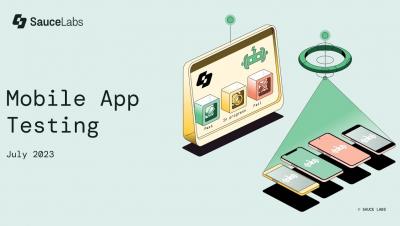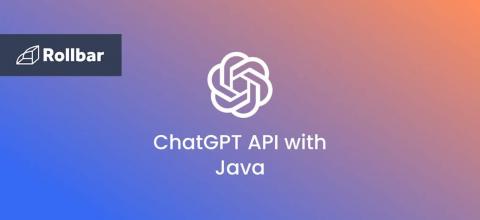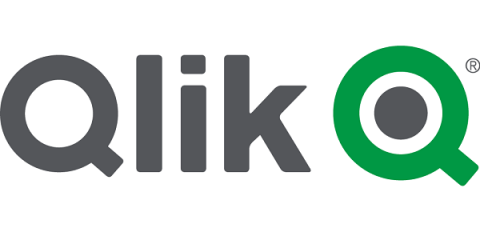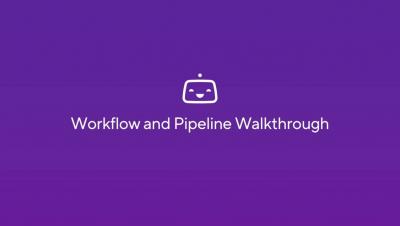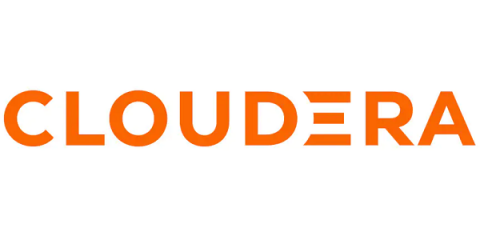Systems | Development | Analytics | API | Testing
Technology
How to Use the ChatGPT API with Java
Imagine harnessing the power of ChatGPT's human-like responses right from your Java code! It'd be like adding a supercharger to your already powerful engine. This step-by-step, hands-on guide (with full example code at the end) will show you exactly how to integrate, interact, and leverage this union so you can build smarter applications. Before you know it, you'll have Java and ChatGPT playing nice to deliver a user experience that's nothing short of mind-blowing.
TestSigma Product Updates Webinar (July 2023)
Hitachi Vantara Announces Integrated Solution with Microsoft Azure that Transforms Hybrid Cloud Management
AI Trends: 5 Reasons Private AI is Hot
Why is private AI so hot right now? Organizations are reluctant to share their data with public cloud AI providers who might use it to train their own models. Private AI offers an alternative that lets them reap the transformative benefits of AI on process efficiency while maintaining ownership of their data.
Building Trust in Generative AI
Is the generative AI honeymoon over already? After months of buzz around its transformative possibilities, excitement is now starting to be tampered by a growing concern on trust and data privacy. Just in the last few weeks, there have been several lawsuits launched against AI companies, including a well publicized charge of copyright infringement.
MLOps for Generative AI in the Enterprise
Operationalizing AI: How to Beat 2 Major Challenges
If you’re not using artificial intelligence (AI) in your organization right now, you’re behind. But the reality is that beyond inputting some ideas into a large language model like ChatGPT, AI just isn’t that simple to operationalize across your business (although the benefits are real).
DevOps CI/CD Pipeline and Workflow: A Bitrise CI/CD Pipeline and Workflow walkthrough
Why Reinvent the Wheel? The Challenges of DIY Open Source Analytics Platforms
In their effort to reduce their technology spend, some organizations that leverage open source projects for advanced analytics often consider either building and maintaining their own runtime with the required data processing engines or retaining older, now obsolete, versions of legacy Cloudera runtimes (CDH or HDP).


